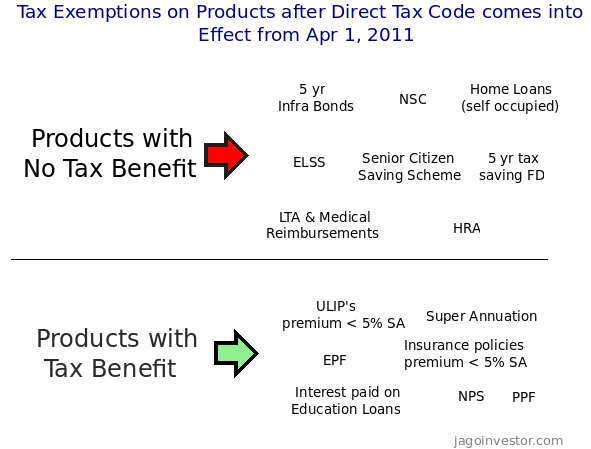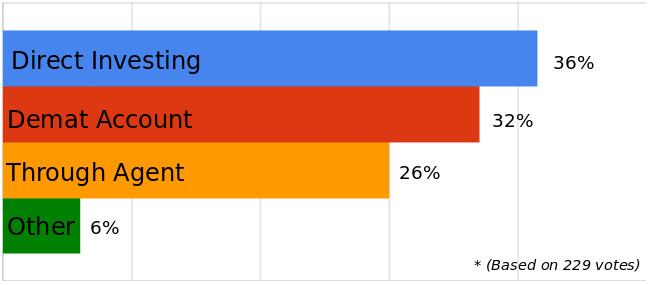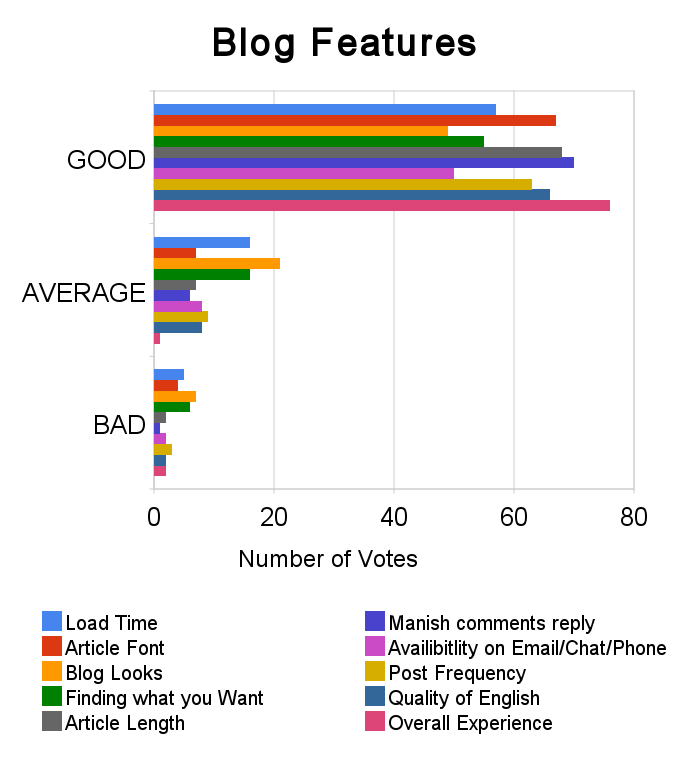Does the premium amount guide your decision on whether to buy a medical insurance policy? No. Premiums are not the only factor to consider when buying a medical insurance policy. These factors need to be taken into consideration before looking at the premiums.

1# TPA (Third Party Administrator)
These days, companies have an in-house settlement process and thus do not outsource their settlement processes to outside TPA’s. Why do we need to look at a company providing an in-house settlement process? This is very much needed in the case of cashless settlements. Settlement processes are easier when handled in-house. Also make sure, that the company’s in-house settlement process is in your own city or in your own state. (TPA list in India)
Some of the General Insurance Companies having In house TPA’s are :
- Bajaj Allianz General Insurance Company (Basic)
- Star Health And Allied Insurance Company
- ICICI Lombard
- Max Bupa Health Insurance
2# Network of Hospitals
The next really important factor is the network hospitals of the company. In the case of hospitalization, the hospital that you would visit should be there on the Insurance company’s network hospital list. Not only the number, but the quality of the hospitals should also be taken into consideration.
Eg:- If you fall ill and need to get admitted, which are the first few hospitals that you would go to in your locality? Check, if these hospitals are part of the Insurance company’s network hospital list.
3# Relation of the Insurance Company with the Network Hospitals
It’s important to note, how fast the Insurance company/TPA makes the settlement with the Hospital in case of cashless hospitalizations. This is a major factor, but only a few of us understand its importance. The Insurance company may provide us cashless hospitalization, but if the Insurance does not settle the Hospital claims on time or only has a partial payout, then there’s an increasingly likely that the hospital will increase your bill to claim the amount. If the company pays the claims on time and in full, then the Hospital would not try to increase the bills as they know, that particular insurance company is a prompt paymaster.
See how your Life + Health Can be covered for less than 5% of your salary
Family Floater or Individual Cover Policy?
For people who do not understand Individual and Family Floater Policies please read about it here. Most of the people think that Family floater’s are always the best choice compared to Individual health plans, which is totally wrong. Your requirement and your situation should guide your decision, on which kind of cover, you should choose. There are many problems that buyers do not have any idea of. They do not care to read fine prints and get nasty surprises after many years and at crucial junctures. (compare Health Insurance)
Features of Family Floater Policies
- It turns out to be cheaper for younger families and less maintenance, as there is just one single policy for everyone.
- Limited cover for other members in the family, if one person claims health insurance in any given year.
- The Policy expires on the death of the oldest member of Family or if he/she reaches the maximum age of renewability, depending on the policy. So other family members will need to take a fresh policy, without having the benefit of their claim history and pre-existing disease coverage that comes from the continuous renewal of the policy.
- Only immediate family members are included in the policy, not your parents or siblings. So it does not suit people with dependent parents or siblings in the family.
- When children turn 25, then they are not part of the policy and will have to take a fresh policy. Apart from this, any pre-existing disease will not be covered at that time.
Features of Individual policies
- Extra maintenance of each policy separately.
- Turns out to be generally costlier than Family Floater plans
- Lower coverage for each family member at the same cost of a Family floater in case of a single claim in any given year.
- There are no age restrictions on the maximum age for the members for renewable.
- You can avail of the benefits of Loading and Discounts until the policy lapses.
Hence, a Family Floater will not suit a Family where the oldest member is in his 40’s and they are more prone to health issues. However, younger families might want to consider Family floater plans as they are less prone to health ailments and can afford lesser premiums in the beginning. Look at Harsh Roongta talking about Family Floater Vs Individual Plan in the following Video
How much of Sum Insured would be sufficient?
Do you know, what disease you could be diagnosed with tomorrow? So you can never say that Rs.1,00,000 cover is sufficient 🙂 The basic rule here, is to take whatever you think you can afford. If a person can afford to say Rs.5,000/- as the premium per year, check as to how much of Sum Insured he would get, and take the amount of insurance offered. That would be sufficient to cover at least some risk. So never think, that you cannot afford any medical insurance policy. Take what you can afford so that at least you know that you can be rest assured, that you have covered some risk.
IMPORTANT: It’s never too early to take medical insurance and critical illness policy, because once you are diagnosed with any illness, then the insurance company will have the liberty, of not issuing you an insurance policy. So take it as early as possible and have your risks covered.
Comments? What are the other difficulty or doubts from an investor’s point of view to select a medical policy?







